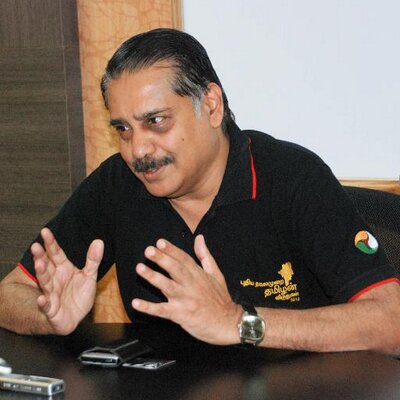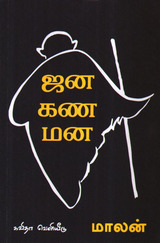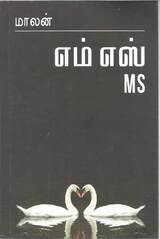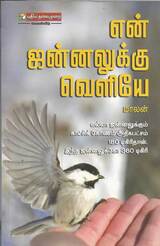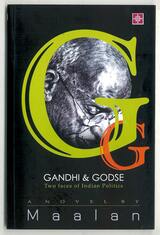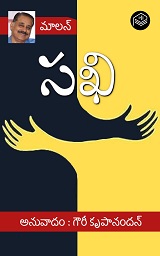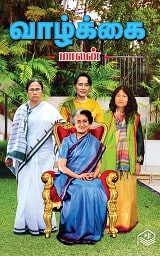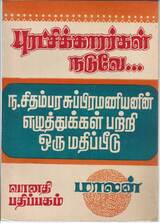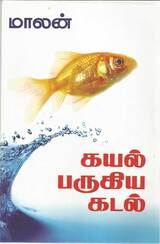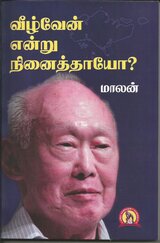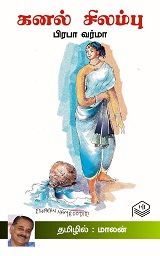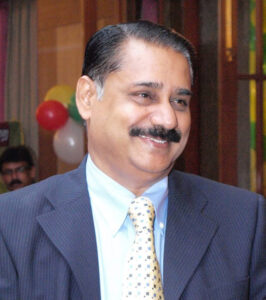Gaps in Knowledge – What could the medical fraternity do?
Maalan
|
E |
nough has been said on diabetes in the media and elsewhere. Whenever some body says that India has the dubious distinction of being home to the largest number of people with diabetes for any one country, my instant reaction is, “Yes, I heard so”. If I read a news feature that quotes a W H O report, to drive home the point that one in every six diabetics in the world resides in India, my response would be, “Yes I know”. What is obvious to everyone in the media is, India is sitting on a ticking time bomb and it would explode any moment.
Are really there gaps in knowledge?
Today, an urban adult in India above 40 with an average common sense is aware that he could be a potential diabetic and diabetes mellitus remains a common, serious, costly, yet controllable chronic disease.
Perhaps it is one of the classic cases of over kill by the media.
What is troublesome is not the access to the knowledge, but the simplistic approach we take to handling the problem.
Neither the medical profession, nor the media that threatens us with statistics, answer convincingly, why Indians, of all the people in the world, suffer by this disease diabetes?
The commonest explanation given is living conditions have improved in India, we are increasingly following western dietary habits unsuited for our environs, adopting sedentary life style, and exposed to psycho-social stress.
Another explanation offered is concomitant with rapid urbanization in India has come an increased prevalence of obesity, a decrease in physical activity, and a dramatic rise in the number of people with diabetes.
Could be. I have no scientific data to dispute these claims, but has a question born out common sense.
Indians eat less, weigh less and work more than Americans. But why are they more prone for diabetes than Americans?
Professor P.V. Rao who has both an M.D. and a Ph.D. degree, heads the Department of Endocrinology and Metabolism in the School of Diabetology of the Nizam’s Institute of Medical Sciences in Hyderabad comes out with a theory.
He blames it on our genes. He calls them as ‘Thrifty Genotype’. His hypothesis is Indians have lived through several centuries of famine and starvation, and largely survived on sustenance foods. Over generations, there evolved a ‘thrifty genotype’, which made them resistant to prolonged periods of starvation. We tend to store a part of our energy intake while simultaneously ‘burning’ it. Apparently that may be the reason for a ‘big belly’ on a small body frame among Indians.
This hypothesis on genetic inheritance put forward way back in 1956 by James Neel, a geneticist. Prof. M.M.S. Ahuja has adapted this to the Indian context, and Dr. P.V. Rao has tested this hypothesis over last five years of International research among Indians living within India and abroad.
Dr. P.V. Rao has screened populations of Indian origin living in London, Malaysia, and British Guyana for diabetes and heart disease. Diabetes among these migrant Indians was at least four times more than in Indians living in India. One among every 7 migrant Indians above 25 years of age was diabetic. Furthermore, more Indian women than men were affected with diabetes among immigrants, which was not the case within India. These higher rates for diabetes among migrant Indians, and in specific among women are attributed to the quality rather than quantity of dietary intake, life style and social stress.
The findings of the multinational study by Dr. P.V. Rao were that body fat around waist is the culprit to diabetes. Interestingly, overall body weight was not always high among Indians with ‘big bellies’. This meant that total amount of food intake in an Indian was not high though the contents have changed over centuries.
Dr.Rao is of the opinion that, the vegetable oils used for cooking such as coconut oil, which is widely used in Kerala, Malaysia and Guyana are strongly related the high rise in diabetes rates among the populations screened from these areas. He also says that it is not how much a diabetic eats, nor the amount of ‘sugar’ one eats, but what matters is the amount and nature of the ‘fat’ in food. He argues “no rice, no sugar in coffee, no fruits or no potatoes” just doesn’t mean anything. “No oils, no fats, no food fads’ must be the first dietary advice for a diabetic especially in India.
Measure the waist, and not just the body weight – to know the progress of disease. Caution those prone to avoid paunch, not just obesity, is his advice. He even gives us a thumb rule to identify a diabetic just by seeing him. He writes,
“Who will be a diabetic? Now it is possible for a reasonable ‘guess’. If one is over 45, with a ‘big belly’ and a family background of diabetes, it is almost certain that he or she is going to be a diabetic.”
Dr.Rao’s observations stir another question in me. If the problem is our genes, then this condition must have existed for centuries, even before the arrival of Allopathic system to India. And then there must have been an answer, a remedy in our indigenous system. Dr.Rao’s findings indicate high incidence of diabetics in Kerala. And Kerala is practicing Ayurveda for generations. Has Ayurveda an answer?
Scientists at the National Institute of Nutrition in Hyderabad studied the gum in the seeds of fenugreek- (known popularly as vendhayam in Tamil and Menthulu in Telugu) and advised consumption of debitterized seeds of vendhyam , before meals as a supplement to diabetic management and of course, not as a substitution therapy. It appears these seeds bring down the fasting and early morning blood glucose.
But high blood glucose is only a part of the problem. Though doctors put lot of emphasis on reducing blood glucose by whatever means they are familiar with, either by diet or drugs it is a small part of the problem. In reality diabetes is a complex situation of many symptoms.
Too few realize heart disease is the leading cause of premature death among diabetics, claiming the lives of two out of every three people with diabetes.
So what is needed is a comprehensive approach.
But there are doctors who don’t subscribe to the theory that what matters is the amount and nature of the ‘fat’ in food and not how much a diabetic eats. And they plan their treatment regime on the basis of restricted diet. Will this deserved to be called as a knowledge gap?
And there are Ayurvedic practitioners who swear by hundreds of plants that have claims to reduce blood sugar, ignoring the other complexities of diabetics. Can this be called knowledge gap?
I don’t know. But what is clear to me is India has long passed the stage of a diabetes epidemic. The problem has now reached, to put in scientific language, “pandemic” proportions. To put it simply, it has crossed the dividing line in which it is a problem associated with individuals, no matter how large this number may be, and is now a very large public health problem, growing astronomically year after year.
The picture is made even grimmer by the fact that many of our people with diabetes are still undiagnosed. Almost two out of three people in urban areas and three out of four in rural regions have diabetes but do not know it! There are reports that many patients already show the presence of these complications at the time of diagnosis.
What is disturbing is, not only is the incidence of diabetes increasing in leaps and bounds, but it appears earlier in life (with many people Type 2 diabetes being diagnosed at the age of 20-30 years), and the chronic long term complications are occurring earlier, progressing more rapidly and reaching the hard end points in diabetics at a relatively younger age.
To put it shortly, it is a public health problem, a problem of the nation and just a problem of few individuals, however big that number be. Perhaps what is needed is a National Program, a cross –country campaign like the one we have for AIDS; like the one we had for Malaria; like the one we had against small pox; like the one Rotary has for pulse polio.
It is time to think of a National Program of Diabetes Education that will address to four different audiences:
1. Health care providers: to improve understanding of diabetes and how to control it and promote an integrated, team-centered approach to care.
2. The general public: to increase public awareness of the seriousness of diabetes and its complications and dispel misinformation and myths.
3. People with diabetes and their families: to improve understanding of diabetes and its control and promote effective self-management of diabetes.
4. Policymakers and payers and purchasers of health care: to promote policies and activities that improve the quality of and access to diabetes care.
*
New Indian Express May 2005

